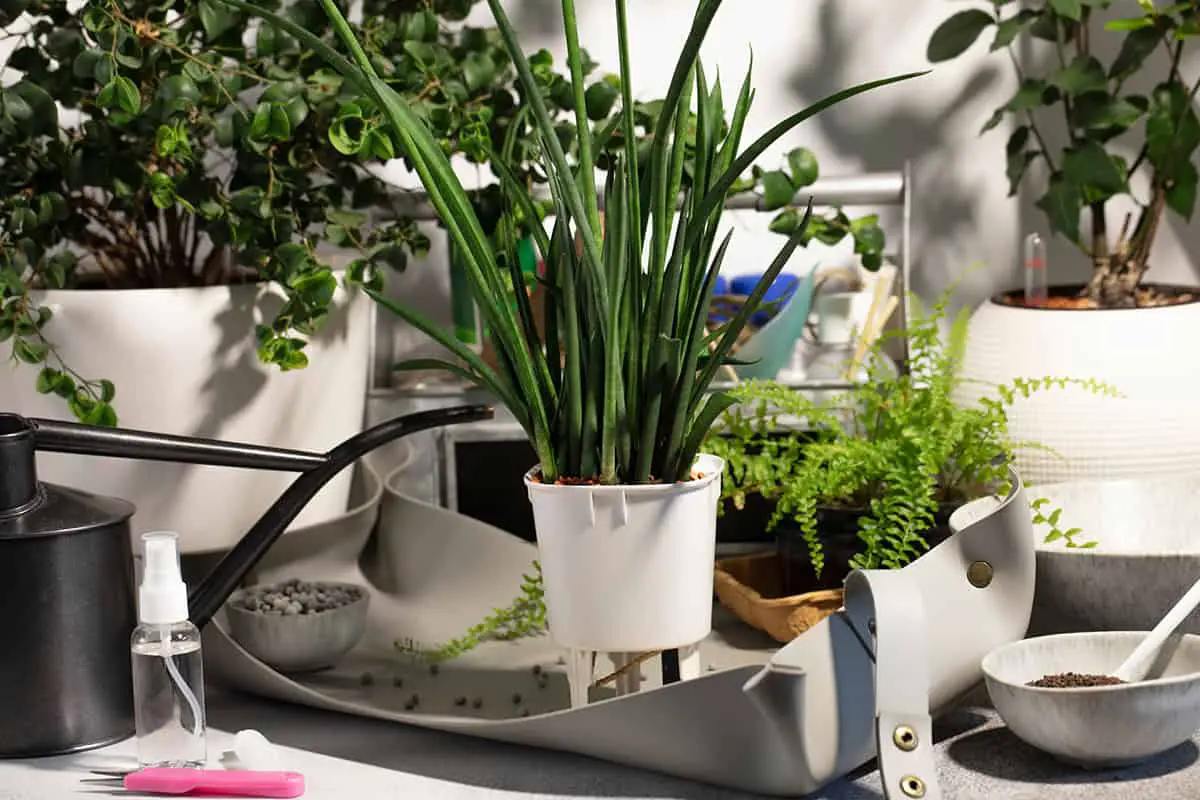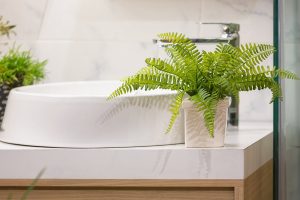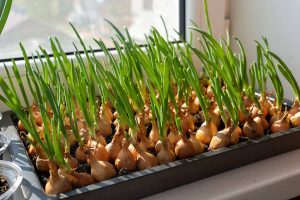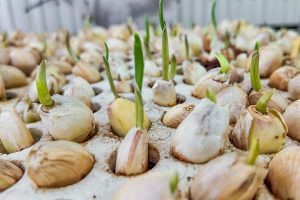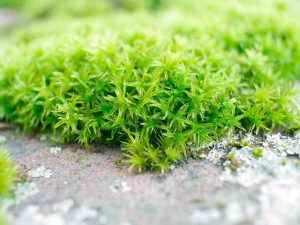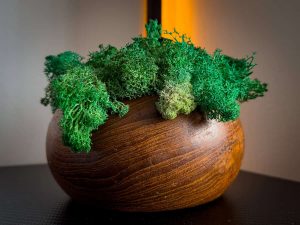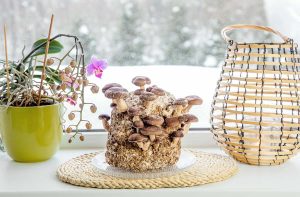You’ve accumulated a variety of houseplants over the past few months, but keeping track of their individual needs feels overwhelming. Establishing a care routine can simplify this task and ensure your plants thrive. This article will guide you in learning how to create a houseplant care routine that fits seamlessly into your schedule.
Table of Contents
Assessing Your Environment
Creating a houseplant care routine starts with understanding your home’s environment. Key factors include lighting, air quality, and seasonal variations.
Evaluating Indoor Lighting
Proper lighting is crucial for houseplants. Identify the natural light sources in your home. South-facing windows provide the most sunlight, especially in the Northern Hemisphere. North-facing windows offer the least light, which may not be suitable for light-loving plants.
Observe how light changes throughout the day. Some areas may receive direct sunlight only for a few hours. Plants requiring high light levels thrive in brighter spots, while low-light plants can do well in dimmer locations. Artificial lighting can supplement natural light. Fluorescent or LED grow lights can support growth, especially during shorter days.
Checking Air Quality and Circulation
Good air quality and circulation are essential for healthy houseplants. Avoid placing plants near heating vents or air conditioners. Rapid temperature changes and dry air can harm them. Maintain humidity levels between 40% and 60%. Use a hygrometer to monitor humidity.
If the air is too dry, increase humidity with a humidifier or by placing water trays near plants. Ensure good air movement to prevent mold. A small fan can provide gentle airflow. Check for signs of poor air quality. Leaves with brown edges or stunted growth indicate issues.
Cognizing Seasonal Changes
Seasonal changes impact indoor plants. Less natural light and lower temperatures in winter can slow their growth. Move plants closer to windows in winter to maximize light exposure. Rotate plants periodically to ensure balanced light distribution.
Some plants go dormant in winter, requiring less water and fertilizer. In summer, higher temperatures and longer days increase water needs. Adjust your care routine with the seasons.
Developing a Care Schedule

Creating a care schedule for your houseplants ensures they receive consistent attention and care. A well-planned routine includes watering, fertilizing, and regular maintenance.
Watering
The watering frequency depends on the type of plant and the environment. Most houseplants thrive with consistent moisture but not saturated soil. Touch the topsoil to check dryness. Succulents need less water, often every few weeks. Tropical plants may need water weekly.
Consider the plant’s pot size and material. Clay pots dry faster than plastic ones. Use room temperature water to avoid shocking the roots. Water deeply until you see drainage. This ensures even moisture without waterlogging.
Fertilizing
Houseplants need regular fertilizing to stay healthy. During the growing season, which is typically spring and summer, use a balanced liquid fertilizer every two to four weeks. Dilute it to half-strength for safer application. Some plants, like flowering varieties, have specific fertilizer needs. Check the label or consult a reliable guide.
In the dormant winter months, reduce fertilizing frequency. Over-fertilizing can lead to salt buildup in the soil, harming the plant. Flush the soil occasionally by watering thoroughly to prevent this issue.
Pruning and Maintenance
Regular pruning keeps houseplants looking their best and encourages growth. Remove yellowing or dead leaves as soon as you notice them. For bushy plants, trim back overgrown stems to promote fuller growth. Use clean, sharp scissors to make cuts just above a leaf node.
Inspect your plants regularly for pests or diseases. Early detection makes treatment easier. Wipe down leaves to remove dust and improve photosynthesis. Rotating your plants ensures even light exposure and helps prevent leaning.
Monitoring Plant Health
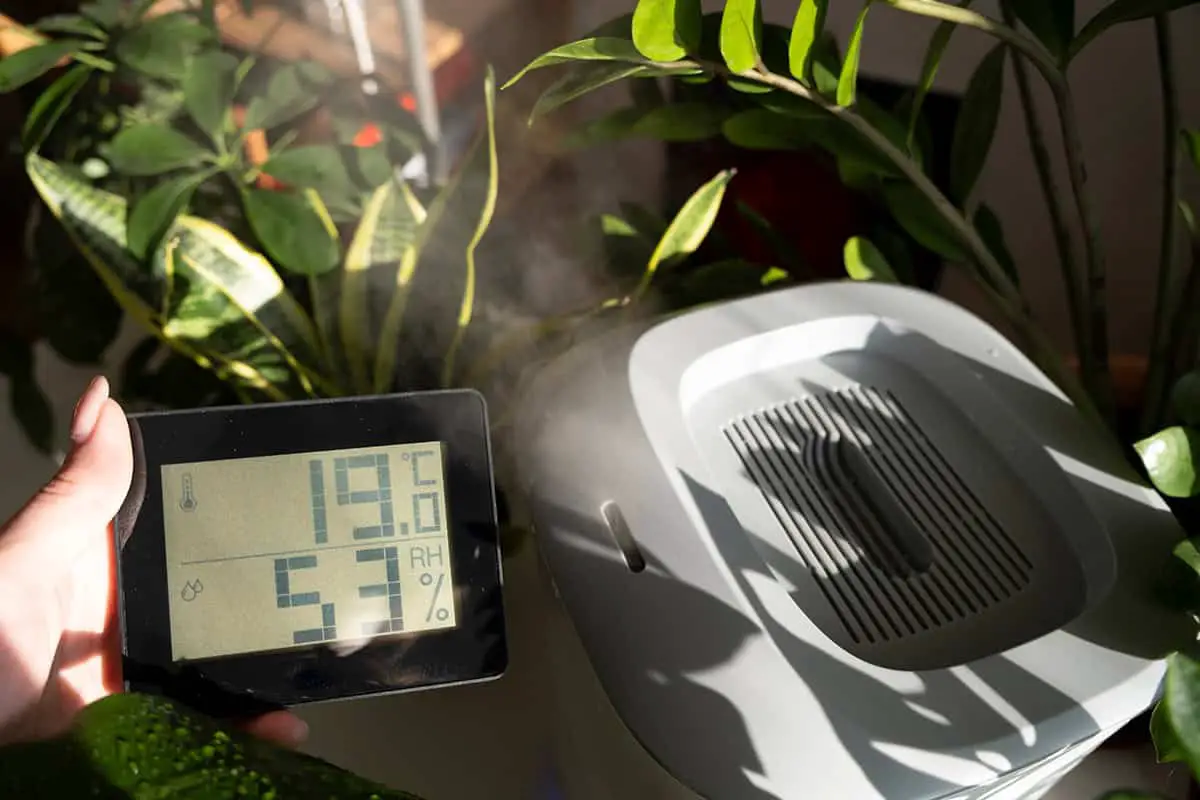
Ensuring the health of your houseplants involves diligently checking for signs of pests, diseases, and nutrient deficiencies.
Identifying Common Pests
Regularly inspect your houseplants for pests. Common pests include aphids, spider mites, and whiteflies. You may notice leaves turning yellow or curling. Sticky residue on leaves can indicate aphids or whiteflies. Look under leaves and around stems for small, moving insects. Isolate-infested plants to prevent the spread of pests.
Use insecticidal soap or neem oil to treat affected plants. Apply these treatments according to the instructions on the label. Repeat treatments as needed until the pests are gone. Keep the area around your plants clean. Remove any fallen leaves or debris that could harbor pests.
Disease Prevention and Treatment
Houseplants can suffer from fungal or bacterial diseases. Symptoms include leaf spots, wilted leaves, and root rot. Ensure your plants have proper air circulation. Overcrowding can promote disease spread. Water plants at the base and avoid wetting the foliage.
If you spot any disease, remove and discard affected leaves. Use fungicides or bactericides as recommended for the specific disease. Always follow label instructions for application rates and methods. Quarantine diseased plants to prevent the spread of healthy ones. Sterilize your tools after handling infected plants to avoid contamination.
Spotting Nutrient Deficiencies
Nutrient deficiencies can manifest as yellowing leaves, poor growth, or unusual coloring. For instance, a lack of nitrogen often causes older leaves to turn yellow. Insufficient iron might lead to interveinal chlorosis, where leaves turn yellow but veins remain green.
Check that you are using the right type and amount of fertilizer. Overuse can harm plants as much as underuse. Follow a consistent fertilizing schedule appropriate for your specific houseplant. Adjust as needed based on plant condition and growth stage. Regularly monitor and amend the soil to ensure it provides a balanced nutrient profile.
Daily Routines
Watering Check
Quickly check the soil moisture by inserting your finger about an inch into the soil. If it feels dry, water the plant gently.
Lighting Adjustment
Ensure your houseplants are receiving adequate light. Adjust their position if necessary to maximize morning light exposure.
Temperature and Humidity
Maintain a comfortable temperature between 65°F and 75°F. Check the humidity level and mist the leaves if necessary or use a humidifier for plants needing higher humidity.
Quick Leaf Inspection
Briefly observe the leaves for any noticeable changes such as yellowing or spots that might indicate pests or disease.
Weekly Routines
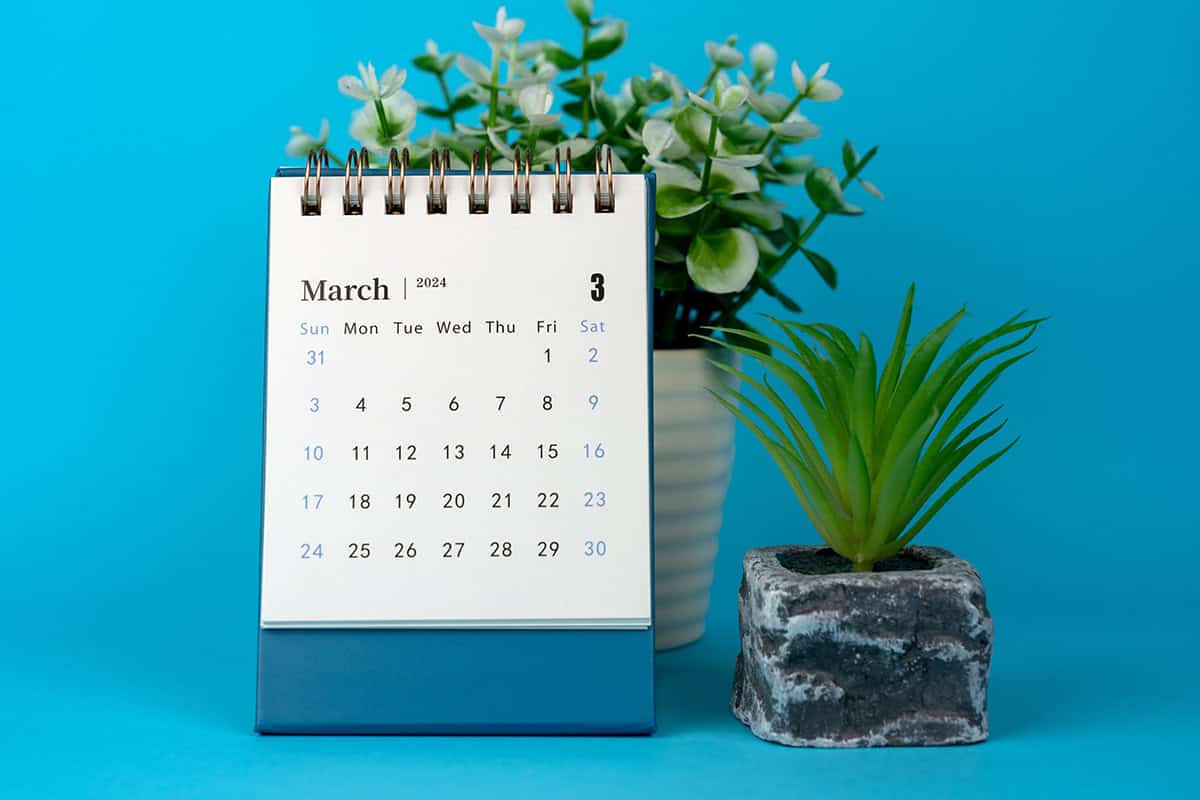
Creating a houseplant care routine involves several tasks. Performing these tasks weekly ensures your plants stay healthy and thrive.
Deep Soil Moisture Check
Perform a more thorough check of soil moisture levels. Water the plants until moisture begins to seep out from the drainage holes, ensuring they are adequately hydrated.
Detailed Pest Inspection
Inspect your houseplants closely for signs of pests like spider mites, aphids, and mealybugs. Treat any infestations promptly using natural or chemical pest control methods.
Plant Rotation
Rotate your houseplants weekly to ensure even light distribution, preventing them from leaning towards the light source and promoting balanced growth.
Leaf Cleaning
Dust can accumulate on leaves over time. Wipe the leaves gently with a damp cloth to keep them clean and help your plants stay healthy and shiny.
Environmental Monitoring
Verify that the room temperature remains between 65-75ºF. Pay special attention to humidity levels, especially in winter, and use a humidifier if necessary.
Monthly and Seasonal Routines
Monthly, perform more comprehensive checks on your houseplants. Inspect for pests and manage any infestations early.
Comprehensive Pest and Health Check
Conduct a thorough inspection of your plants for pests and overall health. Regular checks ensure early detection and management of any issues.
Monthly Leaf Dusting
Dust your plant leaves to ensure they can photosynthesize efficiently. Gently wipe them with a damp cloth or rinse them in water.
Watering Schedule Adjustment
Assess the soil moisture level and adjust the watering schedule as needed, considering the plant type and current environmental conditions.
Seasonal Fertilizing
Fertilize your plants according to their seasonal needs. Use a balanced fertilizer during growth periods, typically in spring and summer, and reduce feeding during fall and winter.
Repotting and Soil Refresh
Consider repotting your plants in spring if needed. Choose a slightly larger pot to accommodate growth and firm the soil around the root ball to stabilize the plant.
Light Condition Monitoring
Adjust the placement of your plants based on seasonal light changes, ensuring they receive the appropriate amount of light throughout the year.
Pruning
Prune your plants during the growing season by removing dead or yellowing leaves. This helps improve appearance and health, preventing disease and pest infestations.
